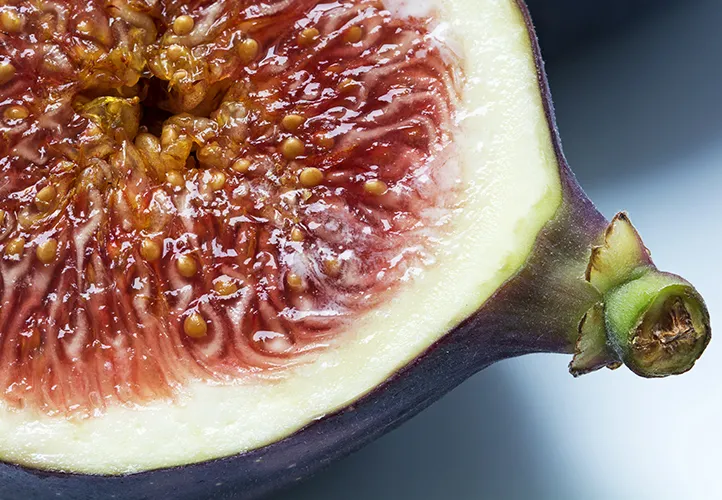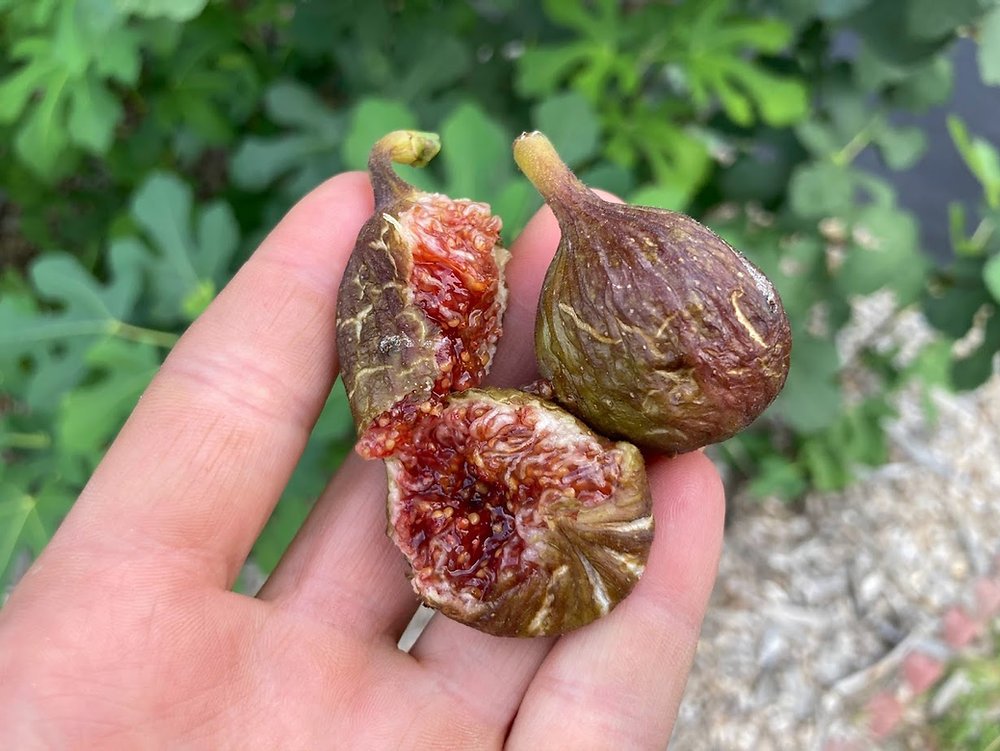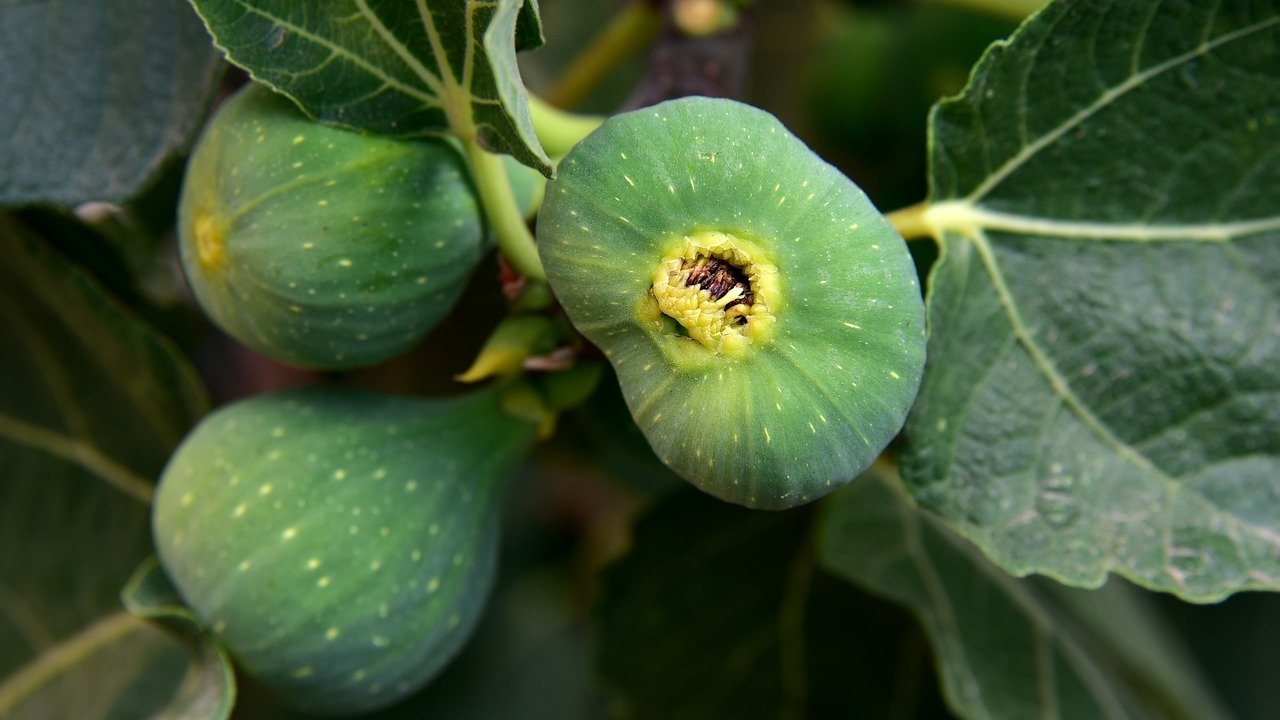Figs: The Inverted Flowers and Their Fascinating Relationship with Fig Wasps
When you bite into a sweet, ripe fig, you might not realize that what you’re enjoying isn’t technically a fruit at all. In fact, figs are actually inverted flowers, and their journey to maturity involves a remarkable and often misunderstood relationship with tiny fig wasps. These wasps, about 1.5mm in size, play a crucial role in pollinating figs, but the process might surprise you. Let’s dive into the fascinating world of figs and their unique pollination process, and clear up some common misconceptions along the way.
Figs: More Than Meets the Eye
At first glance, figs may look like typical fruits, but they’re actually an unusual type of flower called a syconium. Instead of blooming on the outside, the flowers of a fig grow inside a hollowed-out, bulbous structure that we commonly refer to as the fruit. The fig’s unique anatomy requires a very specific kind of pollination, one that can only be performed by fig wasps, a relationship that is thousands of years old.
The fig wasp is essential to the fig’s reproduction, but it involves a rather dramatic process. Female wasps enter the fig through a small opening known as the ostiole, where they lay their eggs inside the fig’s tiny internal flowers. As they do this, they also pollinate the fig, transferring pollen from other figs in the process.
The Fig Wasp Life Cycle: A Mortality-Fueled Relationship
Here’s where it gets interesting—and a bit macabre. The female fig wasps, after laying their eggs inside the fig, die within the fruit. This is because the fig’s structure is not only its home, but it also acts as a sanctuary for the wasp’s larvae, which hatch and develop inside the fig. The larvae eventually grow, mate, and the males, who have no wings, dig tunnels out to mate with the females. The fertilized female wasps then leave the fig, carrying pollen to pollinate another fig, ensuring the cycle continues.

However, contrary to popular belief, ripe figs are not full of dead wasps. Many people mistakenly think that the “crunchy bits” inside a fig are the remains of the wasps, but in reality, they are simply seeds. Figs produce an enzyme called ficain (also known as ficin), which helps digest the bodies of the dead wasps inside the fruit. The fig absorbs the nutrients from the wasp’s decomposition, which contributes to the fig’s sweet and rich flavor. So, rest assured, what you’re crunching on is just seeds, not wasps!
Debunking the Myths About Figs and Wasps
It’s common to hear that figs are full of dead wasps, but this is not the case. While it’s true that the fig wasp plays an essential role in pollinating the fig and the wasp’s lifecycle ends inside the fruit, it is not as grim as it seems. The fig produces ficain to digest the wasp, and the end result is a nutrient-rich, sweet fruit ready for consumption. This process highlights the intricate and harmonious relationship between figs and fig wasps, a beautiful example of nature’s interconnectedness.
Why Figs and Fig Wasps Are So Important
This unique pollination relationship is a prime example of co-evolution, where two species—fig trees and fig wasps—have developed alongside each other in a way that benefits both. The fig’s dependence on fig wasps for pollination is so specific that without wasps, certain species of figs wouldn’t be able to reproduce. On the other hand, the fig provides the wasp with a place to lay its eggs and a rich environment for the larvae to thrive.
Figs are also incredibly nutritious, packed with fiber, vitamins, and minerals. They’re a great source of antioxidants and are often used in both sweet and savory dishes around the world. From fig jams to salads to dried figs, this fruit (or flower, technically) has become an integral part of many cuisines.

Conclusion: A Sweet and Symbiotic Relationship
The relationship between figs and fig wasps is one of nature’s most fascinating and intricate partnerships. While it might seem unusual at first, this process is a prime example of how species can evolve to work together in ways that benefit both parties. The next time you enjoy a fig, you can appreciate not only its unique flavor and texture but also the incredible story behind how it came to be—thanks to the tiny fig wasps that ensure the fruit’s growth and maturity.
Intrigued by the complexities of the natural world? Explore the fascinating relationships between plants and pollinators and discover how these connections shape the world we live in.
